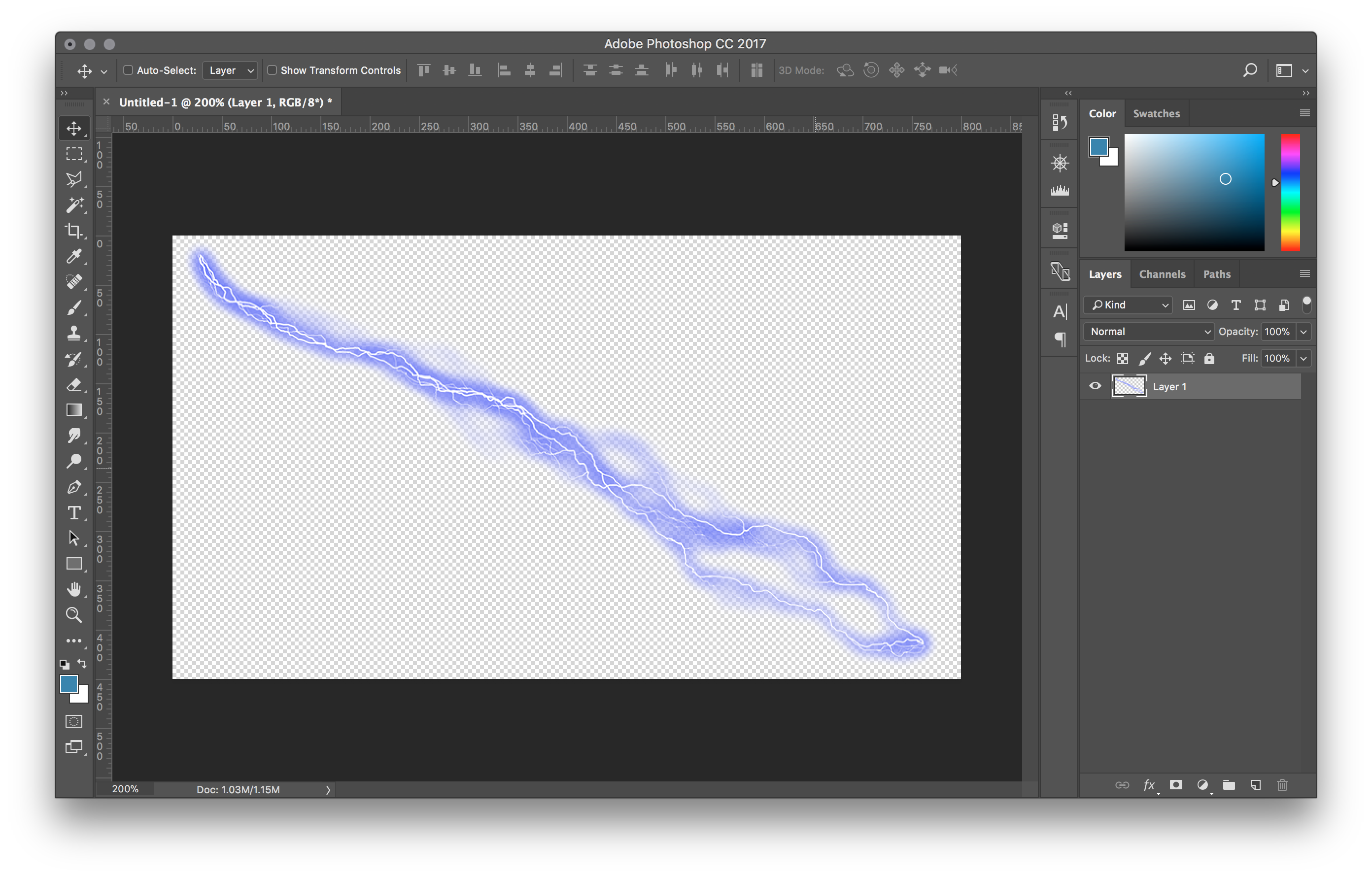

Adobe (who works on the spec for this stuff) created this Pen for playing with the different possiblities here. Using an image tag and a section background.Īgain, this is your best option if your image isn't just decorative. Multiply is a nice and useful one, but there is also: screen, overlay, darken, lighten, color-dodge, color-burn, hard-light, soft-light, difference, exclusion, hue, saturation, color, and luminosity. Alternatively, if your image isn't just decorative and you want people to notice it, you should use an image tag with an alt description for accessibility. If you're only after a pretty background, you can go about this any way you like. This spelling was inherited from the X11 standard. All gray colors are spelled as gray (not grey).

Which method you choose will depends on the purpose of the image. There are several gray color names in HTML / CSS. These are the two methods I find easiest to remember. There are, of course, many ways you can get to your end goal here. As of v5.1.0, background-color utilities are generated with Sass using CSS variables. Whether you are a fan of bright, bold hues or prefer a more minimalist black and white, how you use color can have a great impact on the overall design.
Light white overlay css how to#
In this post, I'll be showing you a couple of ways to code them up.

 0 kommentar(er)
0 kommentar(er)
